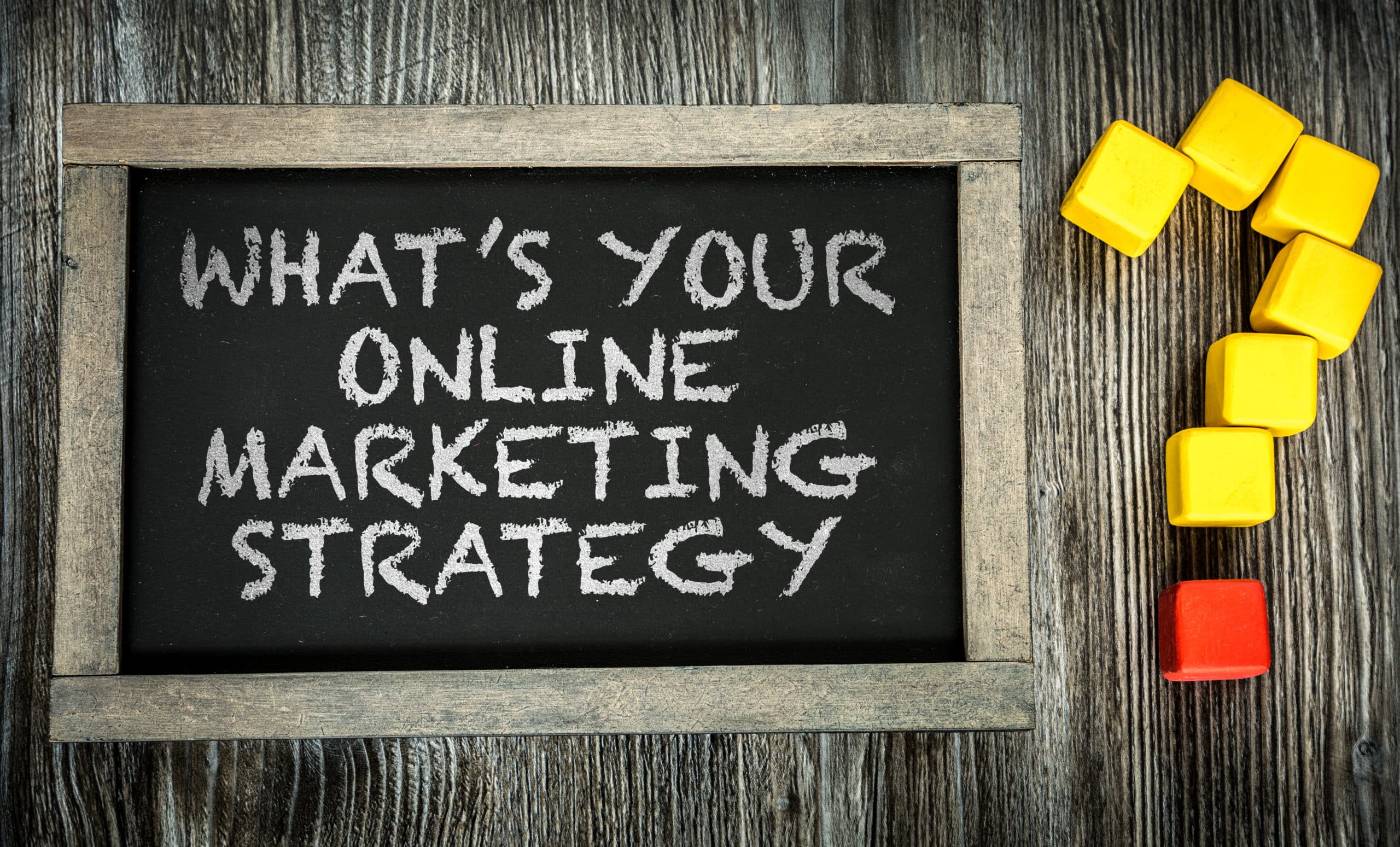
Digital marketing is one of the best ways to reach consumers. For small businesses to succeed in the online world, they must have an effective marketing strategy. Small businesses are the foundation of the American economy, and they are striving for success. According to the Small Business Administration, small businesses account for more than half of all private sector jobs in the United States.
Businesses are constantly competing in today’s market, and especially small businesses need a strong marketing strategy. With the marketing experts at ContentFirst Marketing, business growth is guaranteed.
Let’s explore six marketing strategies that small businesses can implement to achieve their goals.
1. Understand Your Target Audience
Understanding your target audience is essential for the success of any small business. Knowing who you are targeting can help you create a successful marketing strategy to reach the right people.
Start by researching your ideal customer and figure out some details such as, who they are, where they live, their interests, etc.
It would be best to determine which platforms and channels your target audience uses most frequently. This will ensure that you can reach them across all the appropriate mediums and maximize your results.
Additionally, investigate your competitors. This will give you a better idea of their marketing methods and how they reach their customers.
Even if you identify your target audience, it is important to know that trends and consumer interests constantly change. As a result, you will always need to adjust your marketing strategy to stay engaging.
2. Emphasize Your Unique Value Proposition (UVP)
Your unique value proposition (UVP) is the core message that conveys your product’s or service’s primary benefit to potential customers. It should be short, clear, and concise and let people know why they should choose you over a competitor.
Creating an effective UVP will help you stand out from the competition and give potential customers a reason to buy from you. For example, if you’re selling a new coffee maker, your UVP could be “the most efficient way to make a perfect cup of coffee in the morning.”
Once you have crafted an effective UVP, you can use it in all aspects of your marketing efforts, from website copy and ads to social media posts and email campaigns.
3. Create Realistic Goals and Objectives
Setting goals and objectives is key to any successful marketing strategy. By creating specific goals, you’ll be able to track your progress and adjust your strategy as needed to achieve the desired results.
By breaking down your overall strategies into smaller measurable and attainable tasks, you’ll be able to stay on top of your progress and make adjustments as necessary.
4. Leverage Short-Term Plans for Long-Term Gains
Short-term plans are small, cost-effective marketing tactics that can help you reach short-term goals. They usually don’t require a large budget and will allow you to keep up with the latest trends in the market.
For example, social media platforms such as Instagram or Twitter can effectively connect your product or service with consumers. Additionally, establishing consumer engagement on social media does not happen with a post here and there. In order for social media to be effective, you need to establish the right social media strategy.
5. Create a Personalized Email Marketing Campaign
Email is still one of the most powerful tools in a marketer’s toolbox. You can increase engagement and drive sales by crafting personalized emails tailored to each customer.
Segmenting your email list by interest or purchase history is important so you can tailor each message accordingly. Additionally, use dynamic content in emails to ensure that customers receive relevant information that applies to them.
Therefore, consider sending automated emails based on specific triggers, such as birthdays or product purchases, so that customers receive timely and helpful messages whenever they need them.
7. Content Marketing is King
Content Marketing is still king in search engine optimization (SEO). Creating helpful and high-quality content tailored to your target audience can help boost organic traffic, establish yourself as an expert in the field, and build customer relationships.
In addition to written content such as blog posts, consider adding other types of media such as videos, podcasts, infographics, whitepapers, or eBooks. Additionally, optimize each piece of content for SEO to rank better at the top of search engine results pages (SERPs).
By investing time and resources into content marketing strategies, you’ll be able to increase website visitors and create valuable connections with customers.
Develop an Effective Marketing Strategy with ContentFirst Marketing
Develop a successful digital marketing plan and achieve business growth with an effective SEO strategy. A good SEO plan requires various factors, such as keyword research, competitor analysis, and more.
The experts at ContentFirst Marketing can help you develop and execute an effective SEO strategy tailored specifically for your business. Start achieving business growth with the right digital marketing plan.


